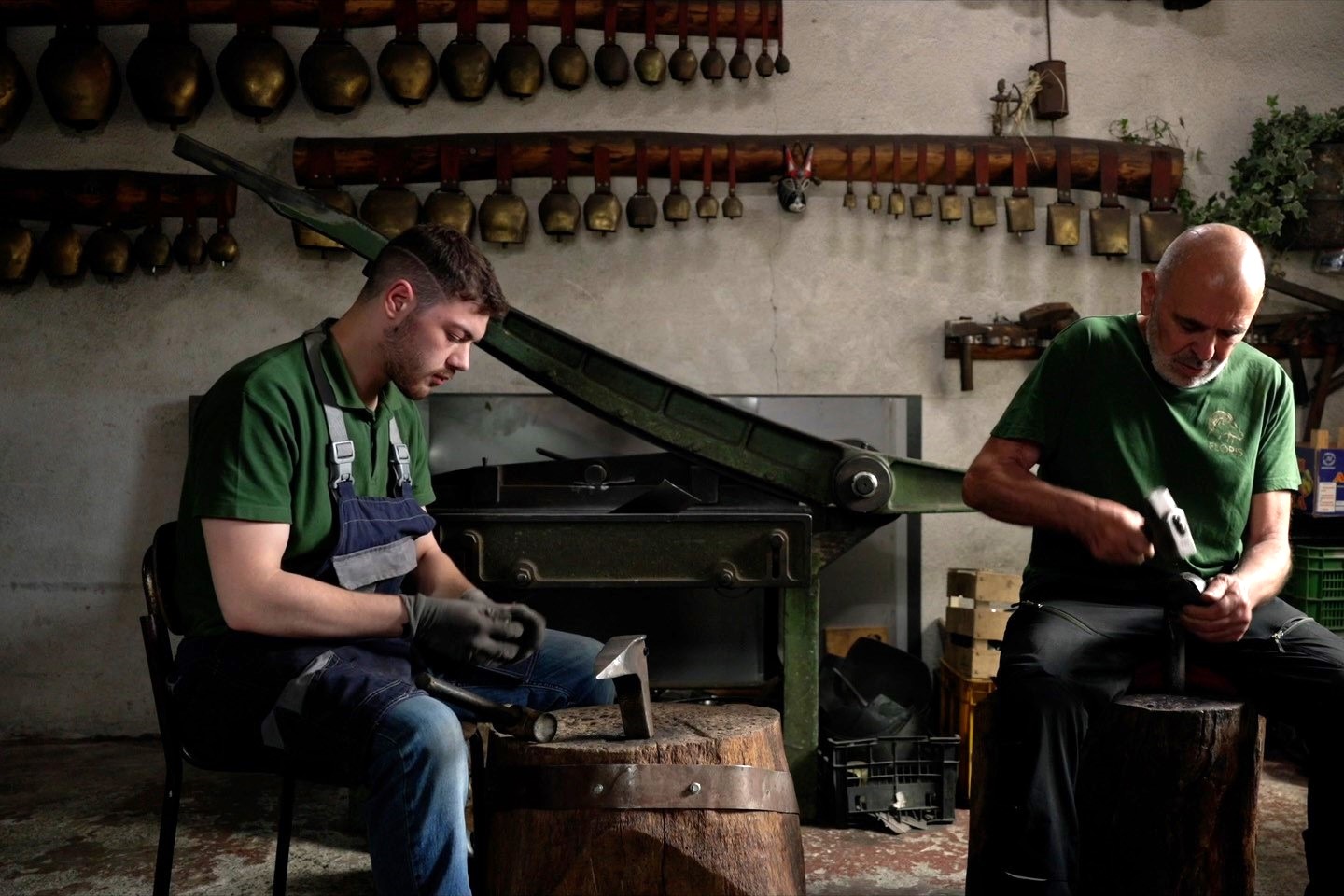Milan and San Francisco, here we go again! Many times, on this newspaper, we have talked about the legacy between the Italian and the American cities and the way artists, intellectuals, and other professionals tried to build a connection between the two contexts, considered somehow unique and similar at the same time.
This was also the case for Italian Art Historian and Museum Director, Marina Pugliese, who found herself immersed in a new, fascinating reality after she left Milan one year ago. Today, Marina’s new challenge is represented by the “Mapping-The-City” Project, a multi-level collaborative project that tries to promote the dialogue between Italian and Bay Area artists, and to showcase the products of their artistic exchanges outside of the Italian Cultural Institute with the final aim of engaging other communities in the city.
Marina, can you tell us a bit about yourself and your job?
I am an Art Historian and I focus mainly on techniques and conservation. For 15 years I have worked for public museums in Milan and had a chance to get involved, as curator, in the opening of the Museo del Novecento, for which I was named Director in December 2010 when the Museum actually opened its doors. The Museum has the most important collection of Italian art from the 20th century. Milan has been the Capital of Italian art at least until the ‘70s and it’s still the place where you can find the most relevant masterpieces. The Museo del Novecento, also thanks to its location in the popular Piazza Duomo, had a great success and, also for this reason, I was asked to direct the Galleria d’Arte Moderna and to get involved in a new project for the Museo delle Culture (Museum of Cultures) that opened in March 2015.
How did the opportunity to move to San Francisco come to life?
My husband is a well-known graphic designer. In Italy, he worked for a range of magazines, among which Capital, Sport Week, Rolling Stone, and Wired Italia. Thanks to Wired Italia, he won some international awards and two years ago he was asked to move to San Francisco to join Wired US, where he works as Deputy Brand Creative Director. We both agreed it was a great challenge for him and a good opportunity for our kids to grow in an international environment.
You are artistically based in Milan. Is there anything that reminds you of the Italian town while here in San Francisco?
We live in Orinda, a small town in the Contra Costa close to some reservoirs. The landscape, made of hills surrounded by trees and woods, reminds me of Tuscany, on the other hand, the place where we live recalls the memory of the Tigullio Gulf, close to Genoa. Now I understand why so many Italian migrants fell in love with California!
Your project “Mapping The City” is a very structured one, involving the IIC but also other cultural institutions. Could you tell us more?
I started from the idea of working together with other institutions in the Bay Area. That’s why my project focuses on the importance of both contest and collaboration. The first exhibit, Fragile, has been done together with the Chinese Culture Center, the second one, High Up, is the result of a collaboration among graphic designers from Milan and the Bay Area, as well as the California College of the Art where I teach. The next one, Neon Afterwords, is organized together with the Kadist Foundation. It’s a personal exhibition by Fiamma Montezemolo, an Italian artist who has been living in San Francisco for a long time.
A few months ago, L’Italo-Americano had an interview with Marta Dell’Angelo on her exhibition “Fragile”. Why was it so important to have it as part of the Mapping The City Project?
Marta Dell’Angelo is a great artist with whom I had worked before at the Museo del Novecento. She is an opened and curios person, that’s why I thought she was the right one for such a project. She worked with Summer Mei Ling Lee for a month and together they produced an emotional exhibition and an amazing performance that we may take to Switzerland in the future.
Is Mapping The City helping covering any area/topic or give any artistic experience that – you believe – has not been covered yet?
This is what we are trying to do. I am glad I was given such a freedom, the one to bring up innovation by Italian Cultural Institute’s Director, Paolo Barlera. This is my third interview on the topic, there must be some interest around it!
Will you consider San Francisco as an artistic hub for any future project?
What flatters me the most since I arrived here is the cultural diversity. In Milan, while I was working on an important collection at the Museo delle Culture, I developed some interest for some intercultural topics and the connections between art and anthropology. I find the Chinese community very active and my favorite museum in town is nevertheless the Asian Art Museum. I find an energy and an open mindedness that I consider unique. I love learning new things and I am open to work in the future on different kind of projects.






























